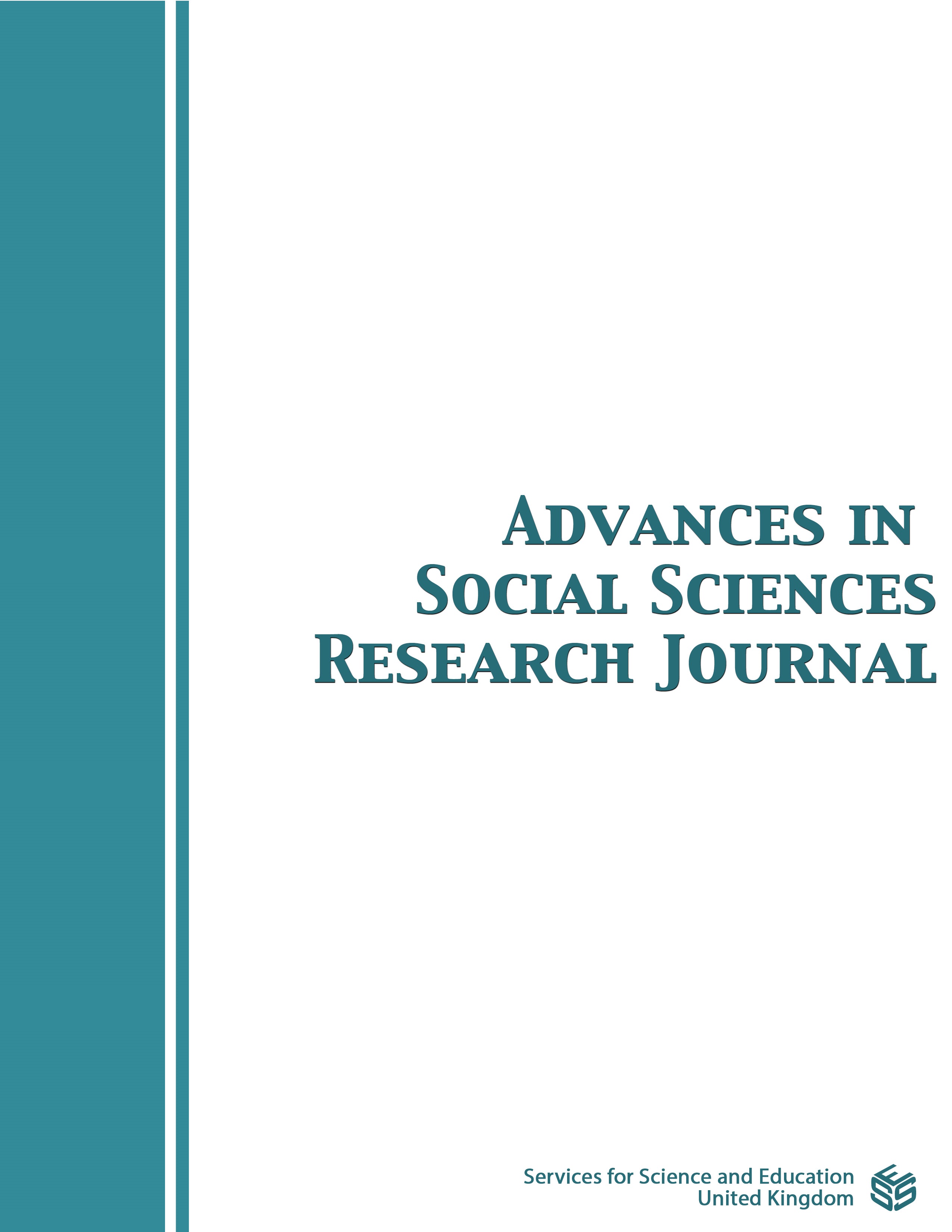Comparative Study of Somatic Phraseological Units in English and Azerbaijani Languages
DOI:
https://doi.org/10.14738/assrj.94.12144Keywords:
phraseological units, somatic phraseological units, mouth somatic components, foot somatic components, head somatic components, hand somatic componentsAbstract
Somatic phraseological units, also known as somatisms, consist of a simple word composition that has multiple meanings and form the most ancient lexical layer of the language. Researchers’ growing interest in somatic phraseology stems from the fact that, in terms of the plan of expression and the plan of content, we think that somatic phraseology has two opposite polarities. In other words, the components of the phraseological units as well as their combined whole are, in one way or another, aimed at describing and characterising humans and their activities.
Somatic phraseologies play a special role in the expressiveness of the language and in its emotionality, with one of their main features being the fact that they are figurative, emotional, and expressive. In fact, somatic phraseologies are the most effective and figurative way to reflect concepts than any other phraseological combinations.
The purpose of this article is to conduct a comparative analysis of phraseological combinations based on the materials of both English and Azerbaijani languages. The study included somatic phraseologies with mouth, foot, head and hand components in English and Azerbaijani, and analysed these from the point of view of semantic differences.
Downloads
Published
How to Cite
Issue
Section
License
Copyright (c) 2022 Adila Malik Malikova

This work is licensed under a Creative Commons Attribution 4.0 International License.
Authors wishing to include figures, tables, or text passages that have already been published elsewhere are required to obtain permission from the copyright owner(s) for both the print and online format and to include evidence that such permission has been granted when submitting their papers. Any material received without such evidence will be assumed to originate from the authors.






